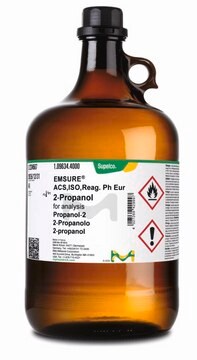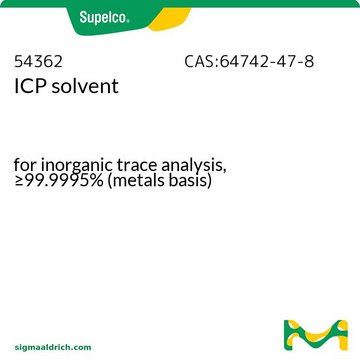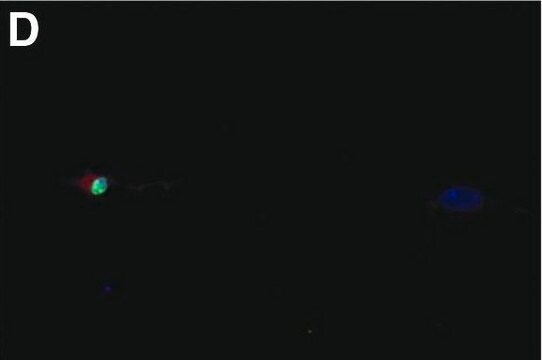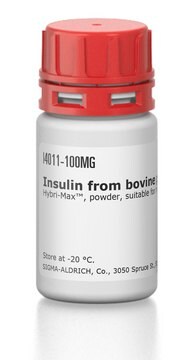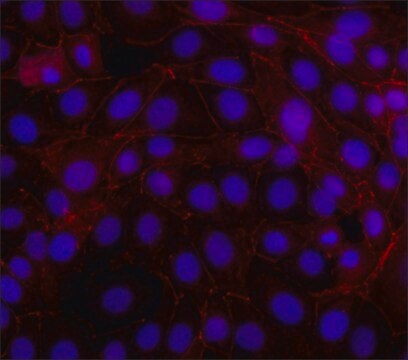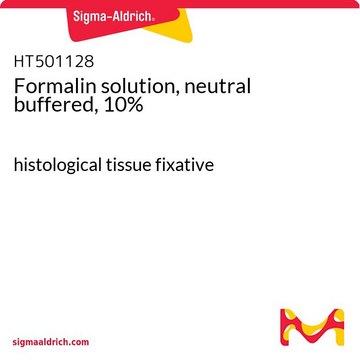Kluczowe dokumenty
About This Item
Polecane produkty
klasa czystości
reagent grade
Poziom jakości
gęstość pary
4.5 (vs air)
ciśnienie pary
0.23 mmHg ( 20 °C)
Formularz
liquid
temp. samozapłonu
442 °F
granice wybuchowości
5 %
bp
190-250 °C (lit.)
gęstość
0.8 g/mL at 25 °C (lit.)
Szukasz podobnych produktów? Odwiedź Przewodnik dotyczący porównywania produktów
Opis ogólny
Zastosowanie
- As a fuel in the preparation of kerosene–alumina nanofluid.
- In the preparation of carbon nanoparticles (CNPs) by an incomplete combustion method.
- In the synthesis of wrinkled graphene nanostructures by thermal decomposition followed by modified Hummers′ method.
Cechy i korzyści
- High density
- High enthalpy
- Easy storage
Ilość
18.9 L = 5 gal
Hasło ostrzegawcze
Danger
Zwroty wskazujące rodzaj zagrożenia
Zwroty wskazujące środki ostrożności
Klasyfikacja zagrożeń
Aquatic Chronic 2 - Asp. Tox. 1 - Skin Irrit. 2 - STOT SE 3
Organy docelowe
Central nervous system
Kod klasy składowania
3 - Flammable liquids
Klasa zagrożenia wodnego (WGK)
WGK 2
Temperatura zapłonu (°F)
179.6 °F - closed cup
Temperatura zapłonu (°C)
82 °C - closed cup
Wybierz jedną z najnowszych wersji:
Masz już ten produkt?
Dokumenty związane z niedawno zakupionymi produktami zostały zamieszczone w Bibliotece dokumentów.
Protokoły
Podsumowanie raportu z zastosowania do analizy wilgotności nafty
Summary application report for analysis of moisture in Kerosene
Nasz zespół naukowców ma doświadczenie we wszystkich obszarach badań, w tym w naukach przyrodniczych, materiałoznawstwie, syntezie chemicznej, chromatografii, analityce i wielu innych dziedzinach.
Skontaktuj się z zespołem ds. pomocy technicznej